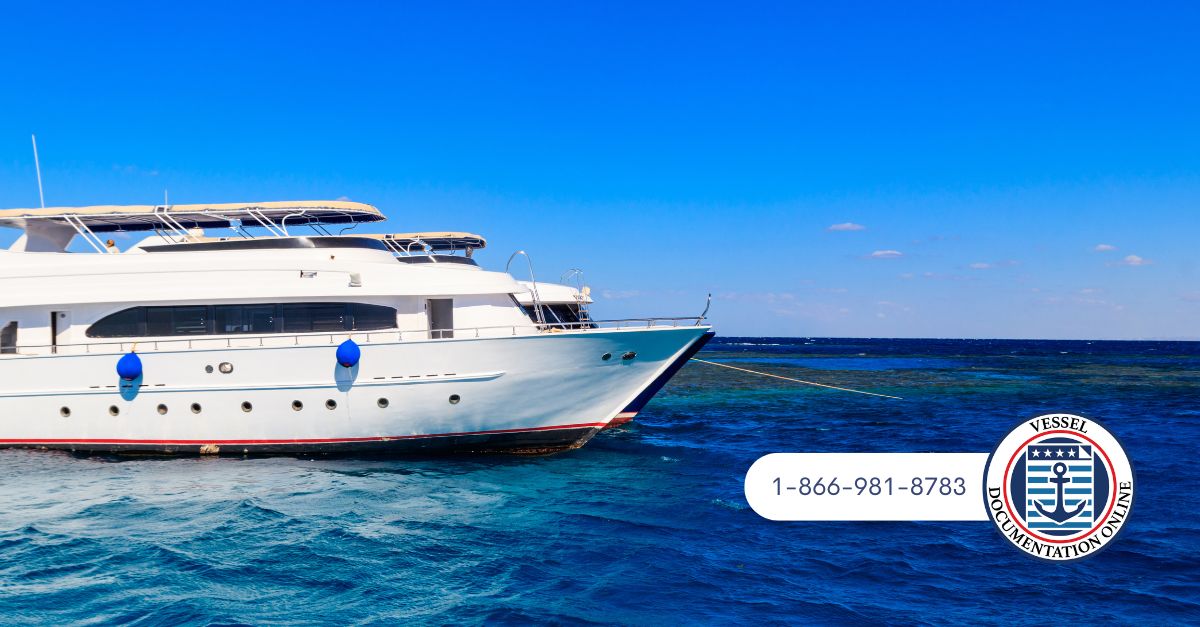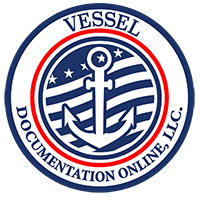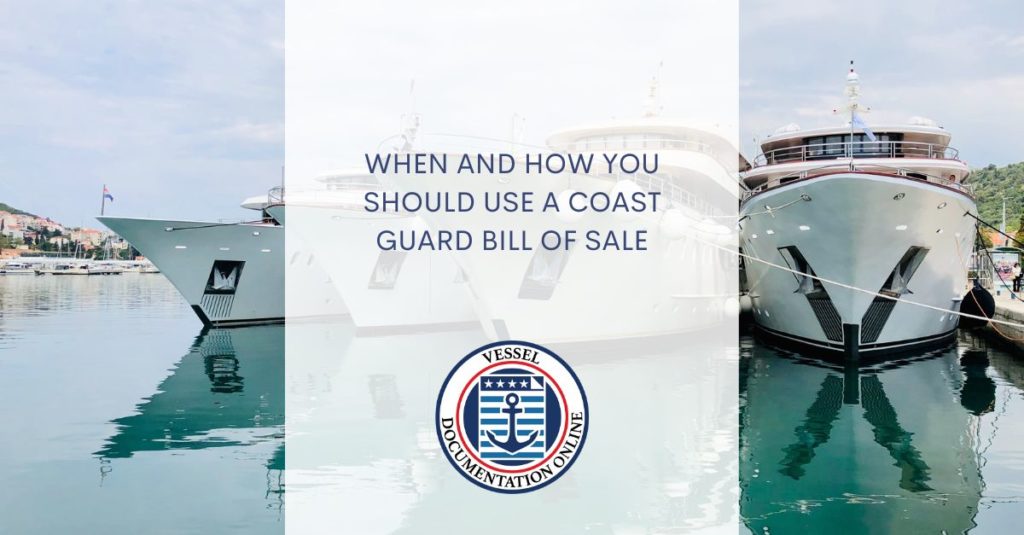If you are about to get yourself involved on a buy-sell boat transaction you have come to the right place. In this article, we will cover how the United States Coast Guard bill of sale works. When and how you may need one, what information should be included on it, some common mistakes people make when they prepare one… everything will be covered in this article, so read on and find out!
When to Use a Bill of Sale
The first thing you need to know is that there is no such thing as an ‘official’ bill of sale document, not at least one that runs through the USCG. That doesn’t mean there is not certain standard information that is often included in one. Before we get into that, let us start by defining what this document is. In simple words, it is a kind of paperwork used for transferring the ownership of a watercraft. We are using the word watercraft, and not vessel, or boat, because the former includes yachts that don’t possess an engine.
The more information you get to include on the Coast Guard Bill of Sale, the better. If there is a trailer or a motor taking part in the transaction, they should be included as part of the deal as well, or even in their own bill of sale. Templates can be obtained online. As this document is not formalized there will be slight differences between the drafts.
Bills of sale are used especially when you want to prove that a vessel (and/or trailer and/or engine) has been transferred. This happens particularly when the vessel is not documented with the USCG and will be used to prove the ownership of the boat.
Information you Need to Include on Your Bill of Sale
Now that you have come to an arrangement with the buyer or seller respectively it is time to complete the Coast Guard Bill of Sale. You should begin with the personal details of the people involved in the transaction. Name, surname, mail, phone number, and personal address from both the seller and buyer would be alright.
Afterward, you should then fill the paper with a basic description of the boat. Brand, model, when and where it was built, length, HIN, Title and state registration numbers, and how many kilometers is the odometer reading at the moment would be a very thorough description. To prevent future headaches both to you and the purchaser, if any element of the boat is not working the way it has to, it should be included in the bill of sale. Let’s say, for instance, that the odometer is not counting the kilometers anymore. If that’s the case it is better to write it down. The last detail you should include is the price paid for the transaction.

Every Maritime Documentation can be Found Here
Vessel Documentation Online is the place to go when it comes to any type of maritime paperwork. You can get any type of documentation from our site. For instance, if the vessel you are trying to sell is registered, you can always get a ‘Transfer of Ownership form that can be obtained from our site. If it is not, well, you now know what to do with our Coast Guard Bill of Sale explanation. Contact us today and we will clear any other queries you may have!




